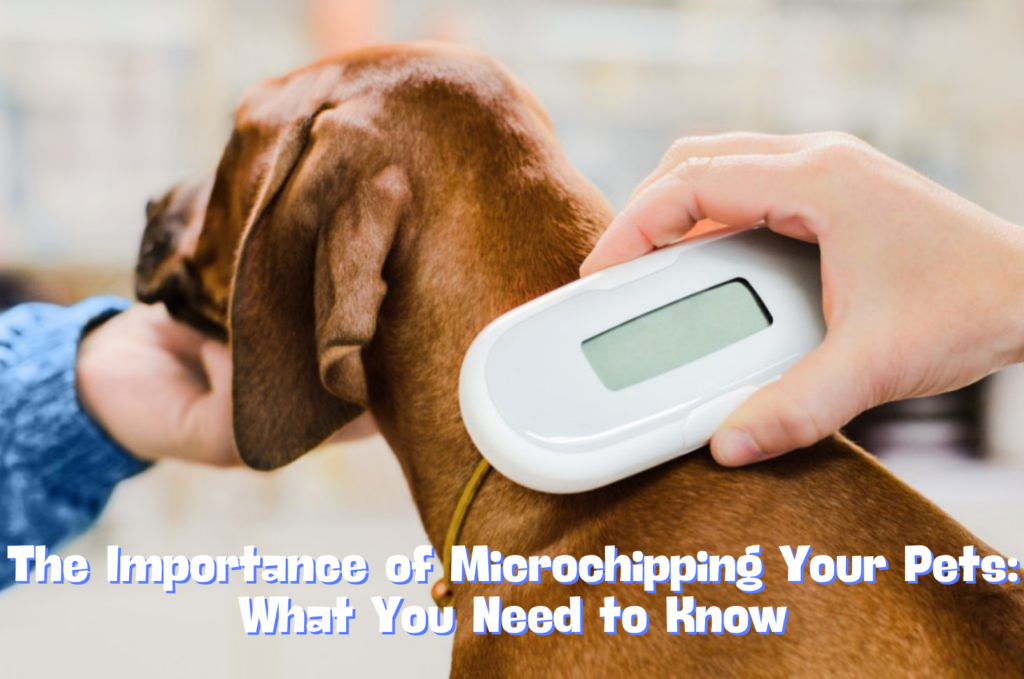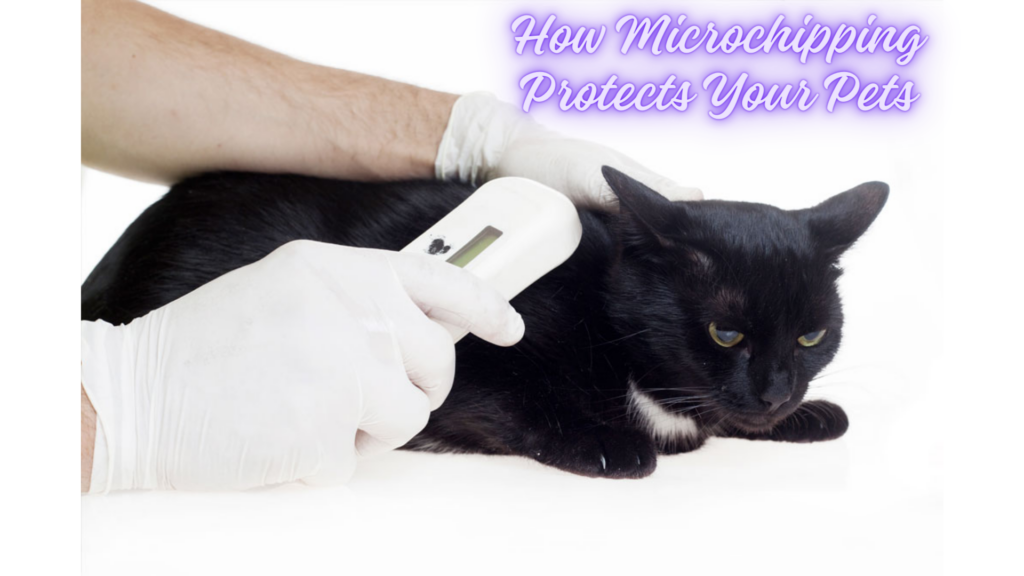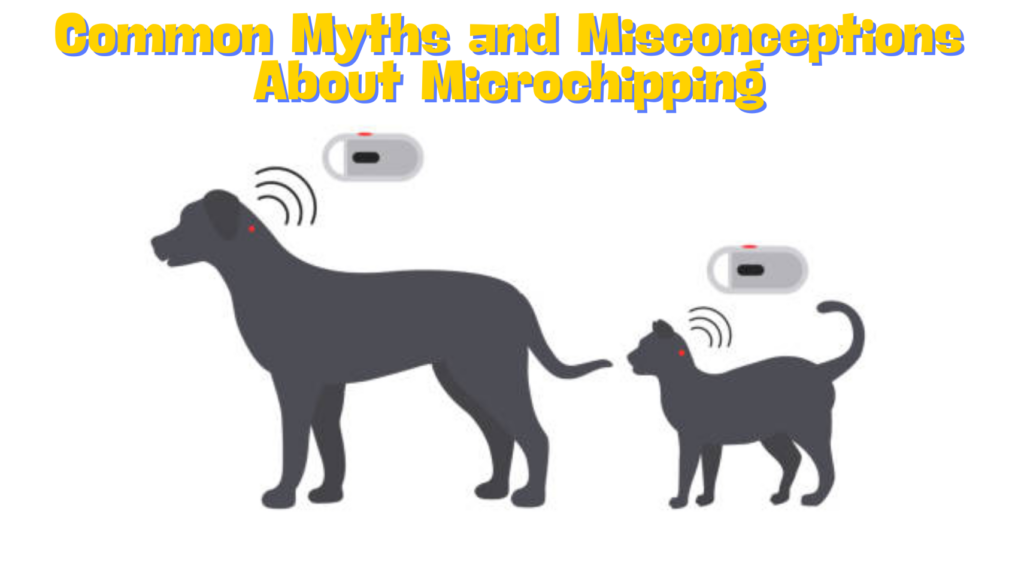
In today’s world, pets are more than just animals; they are beloved members of our families. From loyal dogs to independent cats, our furry companions bring joy and companionship to our lives. However, ensuring their safety and well-being is paramount, especially when it comes to preventing them from getting lost or separated from us. This is where microchipping plays a crucial role.
Read more:
Thoughtful gifts for dog owners are a wonderful way to celebrate the special bond between pets and their owners. From custom portraits to engraved accessories, there are countless options to choose from. See more here:
What is Pet Microchipping?
Pet microchipping involves the insertion of a small, rice-sized microchip under the skin of your pet, typically between the shoulder blades. This microchip contains a unique identification number that can be scanned by a vet or animal shelter using a microchip scanner. The number is then used to retrieve your contact information from a pet recovery database, allowing for quick and easy reunification with your lost pet.
Benefits of Microchipping Your Pets
Permanent Identification
Unlike collars and tags that can fall off or be removed, a microchip provides permanent identification for your pet. This ensures that even if your pet loses its collar or tag, it can still be identified and returned to you.
Improved Pet Recovery Rates
Studies have shown that microchipped pets are significantly more likely to be reunited with their owners compared to pets without microchips. This is because shelters and veterinary clinics routinely scan lost pets for microchips, increasing the chances of a successful reunion.
Compliance with Legal Requirements
In many places, microchipping your pet is not just a recommendation but a legal requirement. It ensures that pets are properly identified and can be returned to their rightful owners promptly.
Why Microchip Your Pet?
Microchipping offers peace of mind for pet owners, knowing that they have taken a proactive step to protect their furry friends. It provides a reliable method of identification that can withstand various situations, such as natural disasters or accidents, where pets might become separated from their owners.

How Microchipping Protects Your Pets
Lost Pet Recovery Process
When a lost pet is brought to a shelter or veterinary clinic, the first step is often to scan for a microchip. If a microchip is found, the owner can be contacted immediately, leading to a swift reunion. This process can save precious time and reduce stress for both the pet and its owner.
Case Studies and Success Stories
Numerous heartwarming stories attest to the effectiveness of microchipping in reuniting lost pets with their families. From dogs wandering away during walks to cats accidentally escaping through open windows, microchips have played a pivotal role in bringing these pets back home safely.
Cost of Pet Microchipping
One of the most appealing aspects of microchipping is its affordability. The initial cost of microchipping your pet is relatively low compared to the potential costs and emotional toll of a lost pet. Many animal shelters and veterinary clinics offer microchipping services for a nominal fee, making it accessible to pet owners of all backgrounds.
Microchipping Dogs vs. Cats
While the process of microchipping is similar for both dogs and cats, there are specific considerations for each species. Dogs may benefit from larger microchip sizes, especially for larger breeds, while cats require microchips that are suitable for their smaller size and more delicate anatomy.
Microchip Registration Process
Once your pet is microchipped, it’s crucial to register the microchip with your contact information in a pet recovery database. This information should be kept up-to-date, ensuring that you can be reached promptly if your pet is found.

Common Myths and Misconceptions About Microchipping
Dispelling Myths with Facts
- Myth: Microchipping is painful for pets.
- Fact: Microchipping is a quick and relatively painless procedure, similar to a routine vaccination, and is performed under local anesthesia if necessary.
- Myth: Microchips can track my pet’s location.
- Fact: Microchips do not have GPS capabilities and cannot track your pet’s location. They serve solely as a form of identification.
FAQs About Microchipping Pets
What is a pet microchip and how does it work?
A pet microchip is a tiny device, about the size of a grain of rice, that is implanted under the pet’s skin. It contains a unique identification number that can be scanned to retrieve the owner’s contact information from a pet recovery database.
Is microchipping painful for pets?
Microchipping is a quick and relatively painless procedure for pets. It is comparable to a routine vaccination and is typically performed without anesthesia, though local anesthesia may be used if deemed necessary.
How much does it cost to microchip a pet?
The cost of microchipping a pet varies but is generally affordable, often ranging from $25 to $50. Some animal shelters or veterinary clinics may offer discounted microchipping services during special events or promotions.
What should I do if my pet’s microchip information changes?
It’s essential to keep your pet’s microchip information up-to-date. If your contact information changes, contact the microchip registry directly to update your details.
Are there any risks associated with microchipping my pet?
Microchipping is considered safe for pets. However, as with any medical procedure, there are minimal risks, such as infection or migration of the microchip. These risks are rare and can be minimized by ensuring the microchip is implanted correctly by a trained professional.
Conclusion
In conclusion, microchipping your pets is a simple yet effective way to protect them and increase the likelihood of being reunited if they ever become lost. It offers peace of mind for pet owners and ensures that their beloved companions can always find their way back home. By understanding the importance of microchipping and taking proactive steps to microchip your pets, you are contributing to their safety and well-being for years to come.
Reference
Want to share your pet’s adventures with the world? Learn how to start a pet blog with these tips on content creation, promotion, and audience engagement. Find out here: https://www.tumblr.com/pasimaxstore/754430877152444416/how-to-start-a-pet-blog
Planning to travel abroad with your pet? Discover top tips and essential advice for preparing your pet for an international trip to ensure a smooth and enjoyable journey. Read more here: https://telegra.ph/Top-Tips-for-Preparing-Your-Pet-for-an-International-Trip-06-27

